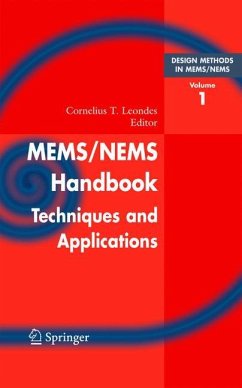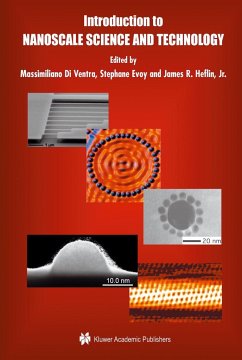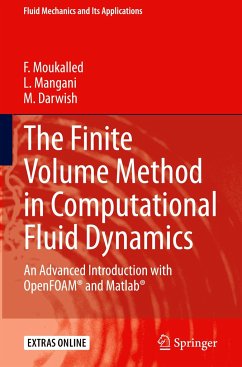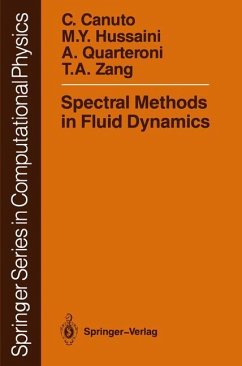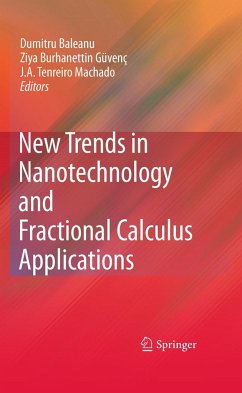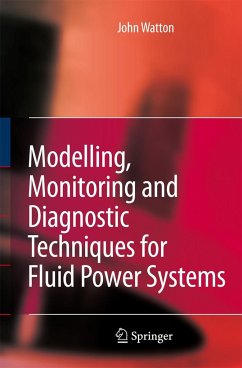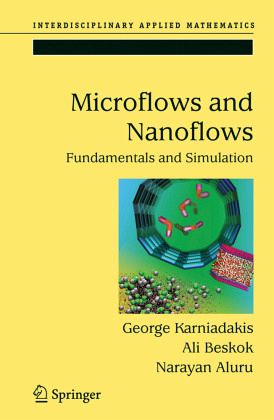
Microflows and Nanoflows
Fundamentals and Simulation

PAYBACK Punkte
58 °P sammeln!
Fluid flow through small channels has become a popular research topic due to the emergence of biochemical lab-on-the-chip systems and microelectromechanical system fabrication technologies, which began in the late 1980's. There has been significant progress in the development of microfluidics and nanofluidics both at the application as well as at the fundamental and simulation levels in the last few years. This book provides a comprehensive summary of using computational tools to describe fluid flow in micro and nano configuration. This new version of the original book now covers length scales from Anstroms to microns (and beyond). The authors have maintained the emphasis on fundamental concepts with a mix of semianalytical, experimental and numerical results, and have outlined their relevance to modelling and analyzing functional devices. The material is devided into the three main categories of gas flows, liquid flows, and simulation techniques. The book contains many new developments and information has been updated and modified throughout. It is appropriate for researchers in fluid mechanics interested in this new flow field as well as for electrical or mechanical engineers or physicists who need to incorporate flow modeling into their work.
Review of earlier book by Karniadakis/Beskok on Microflows:
"For those who want to compute flows at the micro scale, this monograph is a must. It describes the state of the art and helps by providing coefficients, such as [are] needed in situations of slip. Those who wonder what new fluid dynamics there is in the microworld are served by the overview of theory and treasures of numerical methods."EUROPEAN JOURNAL OF MECHANICS B / FLUIDS
TOC:Basic Concepts and Technologies * Governing Equations and Slip Models * Shear-Driven Flows * Pressure-Driven Flows * Thermal Effects in Microscales * Prototype Applications of Gas Flows * Electrokinetic Flows * Surface Tension-Driven Flows * Mixers and Chaotic Advection * Simple Fluids in Nanochannels * Water in Nanochannels * Electroosmotic Flow in Nanochannels * Functional Fluids and Functionalized Nanotubes * Numerical Methods for Continuous Simulation * Multiscale Modeling of Gas Flows * Multiscale Modeling of Liquid Flows * Reduced-Order Modeling * Reduced-Order Simulation * Bibliography
Review of earlier book by Karniadakis/Beskok on Microflows:
"For those who want to compute flows at the micro scale, this monograph is a must. It describes the state of the art and helps by providing coefficients, such as [are] needed in situations of slip. Those who wonder what new fluid dynamics there is in the microworld are served by the overview of theory and treasures of numerical methods."EUROPEAN JOURNAL OF MECHANICS B / FLUIDS
TOC:Basic Concepts and Technologies * Governing Equations and Slip Models * Shear-Driven Flows * Pressure-Driven Flows * Thermal Effects in Microscales * Prototype Applications of Gas Flows * Electrokinetic Flows * Surface Tension-Driven Flows * Mixers and Chaotic Advection * Simple Fluids in Nanochannels * Water in Nanochannels * Electroosmotic Flow in Nanochannels * Functional Fluids and Functionalized Nanotubes * Numerical Methods for Continuous Simulation * Multiscale Modeling of Gas Flows * Multiscale Modeling of Liquid Flows * Reduced-Order Modeling * Reduced-Order Simulation * Bibliography
In the last few years there has been significant progress in the development of microfluidics and nanofluidics at the application as well as at the fundamental and simulation levels. This book provides a comprehensive summary of these changes describing fluid flow in micro and nano configurations. Where as in their previous book entitled Microflows: Fundamentals and Simulation the authors covered scales from one hundred nanometers to microns (and beyond), in this new book they discuss length scales from angstroms to microns (and beyond). While still maintaining the emphasis on fundamental concepts with a mix of semianalytical, experimental, and numerical results, this book outlines their relevance to modeling and analyzing functional devices.
The text has been divided into three main subject categories: gas flows; liquid flows; and simulation techniques. The majority of the completely new developments in this book are in liquid flows and simulation techniques chapterswithmodified information throughout the rest of the book.
This book can be used in a two-semester graduate course. Also, selected chapters can be used for a short course or an undergraduate-level course. The book is suitable for graduate students and researchers in fluid mechanics, physics, and in electrical, mechanical and chemical engineering.
Review of earlier volume:
Applied Mechanics, 2002: "Among recent books that addressed the physics of micro devices, the present one ... is perhaps the best of the bunch. ... Microflows: Fundamentals and Simulation has a lot to offer and is certainly recommended as a good place to start for MEMS students interested in flow physics."
The text has been divided into three main subject categories: gas flows; liquid flows; and simulation techniques. The majority of the completely new developments in this book are in liquid flows and simulation techniques chapterswithmodified information throughout the rest of the book.
This book can be used in a two-semester graduate course. Also, selected chapters can be used for a short course or an undergraduate-level course. The book is suitable for graduate students and researchers in fluid mechanics, physics, and in electrical, mechanical and chemical engineering.
Review of earlier volume:
Applied Mechanics, 2002: "Among recent books that addressed the physics of micro devices, the present one ... is perhaps the best of the bunch. ... Microflows: Fundamentals and Simulation has a lot to offer and is certainly recommended as a good place to start for MEMS students interested in flow physics."





